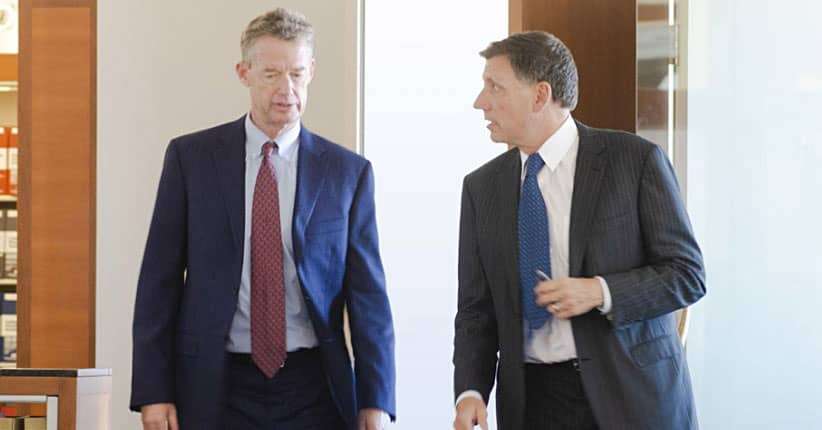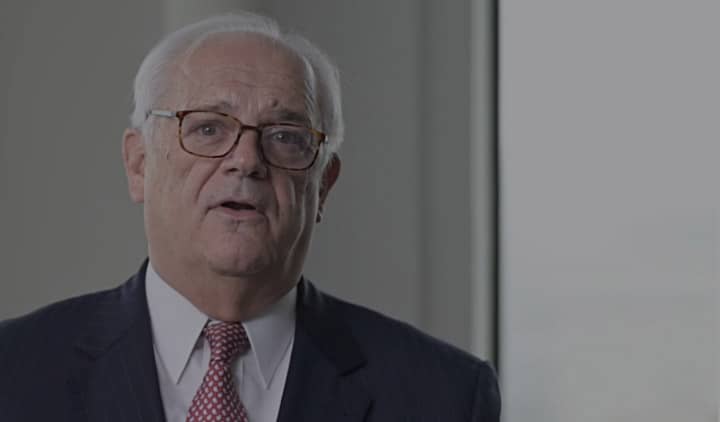More and more folks looking for an outdoor escape amid the stay-at-home orders are turning to cycling as the activity of choice. According to news reports, the industry has seen a bicycling “boom” in recent months which has triggered a spike in sales of bicycles and a widespread inventory shortage as people look for ways to exercise and safely commute to work.
With a flood of inexperienced cyclists hitting bike lanes, urban streets, and unmarked routes, there’s also a greater risk of bicycle collisions with tragic consequences. Bike fatalities have already been on the rise for several years. The National Highway Safety Administration (NHSA) found that in California between 2016-2018, the number of fatal bike accidents hit its highest rate for any three years since the mid-1990s. Nationally, during the same time frame, more than 2,500 cyclists died in traffic collisions marking the highest three-year death rate since the mid-2000s.
As our state begins the process of re-opening businesses, more vehicles are on the road encountering this throng of novice urban bicyclists, which creates an added risk for injury. There has also been a rise in reports of bike-on-bike collisions, which are typically rare. However, undifferentiated streets and highways have experienced a surge in usage since March.
The Mercury News reported a 40-year-old man died in May after suffering severe injuries in a collision with another cyclist near the Guadalupe River in San Jose. Neither cyclist was wearing a helmet. Along the same river trail, another cycling accident in June left a 61-year-old man dead and injured a 59-year-old woman, according to CBS News. Police later arrested a man for felony hit-and-run for allegedly slamming head-on into the cyclists and fleeing the scene.
Some of the most serious injuries caused by bike collisions include skull fractures, concussions, brain contusions, or intracranial hemorrhage, which can lead to temporary or permanent brain injury. Face and eye injuries are also common when a cyclist comes into contact with asphalt, cement roadway surfaces, or a vehicle. Facial fractures can require serious surgeries and leave permanent scarring. Crash-related injuries can cause fractures to the ribs, collarbone, shoulders, or lung, with devastating consequences. If a cyclist is thrown off a bike during a collision, the cyclist can suffer fractures to the hands, wrists, and long bones including dislocations, sprains, lacerations, and contusions.
Cycling advocates expect to see bike ridership increase in the coming months and urge cyclists to take safety advice seriously.
- Don’t Speed and maintain control of your bike. It’s important to slow down especially when traveling downhill. Most trails have a 15mph speed limit.
- Wear a Helmet. While adults aren’t required by law to wear helmets, it’s the smart and responsible thing to do. Helmets reduce injury and could prevent death.
- Obey the Roadways. Bicyclists don’t always have the right of way at a crosswalk or intersection. Cyclists must obey traffic signals and crosswalk signs.
- Expect the Unexpected. While it may seem like there are fewer cars on the road, there are more pedestrians, children, and dog walkers that could impede a trail or roadway.
- Speak Up. Use your voice or a bell to alert people that you are approaching and plan to pass.
San Francisco is considered one of the most bike-friendly cities in the nation. We wanted to properly assess where bicycle collisions occur more frequently across the city, so we turned to data visualization firm 1Point21 Interactive for help. Through our analysis, we identified the most dangerous areas, specific intersections, and neighborhoods for cyclists in San Francisco – based on crash volume and injury severity.
Most Dangerous Zones:
- Union Square: With 225 bicycle collisions leading to 190 injuries and 1 fatality, this zone had the highest amount of collisions and injuries in the study. Located in one of the most pedestrian-heavy areas of San Francisco, this zone encompasses roughly ten blocks of Market Street, along with parts of 6th and 7th.
- Hayes Valley: Ranked second, this zone accounted for 135 total crashes, leading to 122 injuries. Located in Hayes Valley, this zone is only three blocks south of the aforementioned Union Square zone.
- Tenderloin: Stretching nine blocks of Polk Street, this zone had a total of 82 bicycle crashes, leading to 76 injuries – the third-most dangerous zone in San Francisco.
Walkup, Melodia, Kelly & Schoenberger have some of the most highly experienced Sacramento accident attorneys. Several of our bicycle injury attorneys are avid cyclists, and the Walkup law firm is a financial sponsor of both the San Francisco and Silicon Valley Bicycle Coalitions. We support the Bicycle Coalition’s efforts to put a spotlight on bicycle safety, fair traffic accident investigation, and the elimination of the San Francisco Police Department’s mishandling of bike-related accident investigations. With more than six decades of experience and an impressive results history of seven and eight-figure settlements and jury verdicts, we are the lawyers you’ve been seeking to pursue your bicycle accident claim.
Written on behalf of Walkup Law Firm


